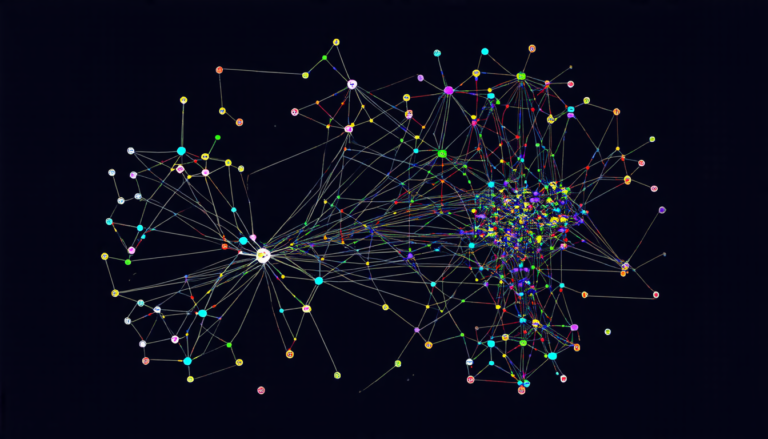Wednesday 21 May 2025
Researchers have made significant progress in developing a new approach to modeling complex systems, such as weather forecasting and climate simulations. The method, called Cohesion, uses a combination of deep learning techniques and physical principles to generate more accurate predictions.
Traditionally, researchers have relied on statistical models to forecast the behavior of complex systems. However, these models often struggle to capture the intricate relationships between different variables and can be limited by their assumption of linearity. In contrast, Cohesion uses neural networks to learn the patterns and relationships within the data, allowing it to better capture non-linear dynamics.
One of the key innovations behind Cohesion is its use of coherent prior estimates. These estimates are generated using reduced-order models (ROMs), which are simplified representations of complex systems that can be solved quickly and accurately. By combining these ROMs with neural networks, Cohesion is able to generate more accurate predictions while also being computationally efficient.
The researchers tested Cohesion on several different datasets, including simulations of the Kolmogorov flow and the shallow water equations. In both cases, Cohesion outperformed traditional statistical models and even outperformed other machine learning approaches that used simpler prior estimates.
Cohesion’s ability to accurately model complex systems has significant implications for a wide range of fields. For example, in weather forecasting, improved predictions could lead to better warnings and more effective disaster planning. In climate simulations, Cohesion could help researchers better understand the relationships between different components of the Earth’s system and make more accurate predictions about future changes.
The researchers are continuing to refine and improve Cohesion, with plans to apply it to even more complex systems in the future. As the technique continues to evolve, it has the potential to revolutionize our understanding of complex systems and lead to significant advances in a wide range of fields.
In addition to its technical innovations, Cohesion also offers a number of practical advantages over traditional approaches. For example, it can be used to generate ensemble forecasts, which involve generating multiple predictions based on different initial conditions or scenarios. This allows researchers to better quantify the uncertainty associated with their predictions and make more informed decisions.
Overall, Cohesion represents a significant step forward in our ability to model complex systems. Its combination of deep learning techniques and physical principles makes it a powerful tool for understanding and predicting the behavior of complex systems, and its practical advantages make it a valuable asset for researchers and practitioners alike.
Cite this article: “Advancing Complex System Modeling with Cohesion”, The Science Archive, 2025.
Complex Systems, Weather Forecasting, Climate Simulations, Deep Learning, Neural Networks, Statistical Models, Reduced-Order Models, Machine Learning, Ensemble Forecasts, Uncertainty Quantification







